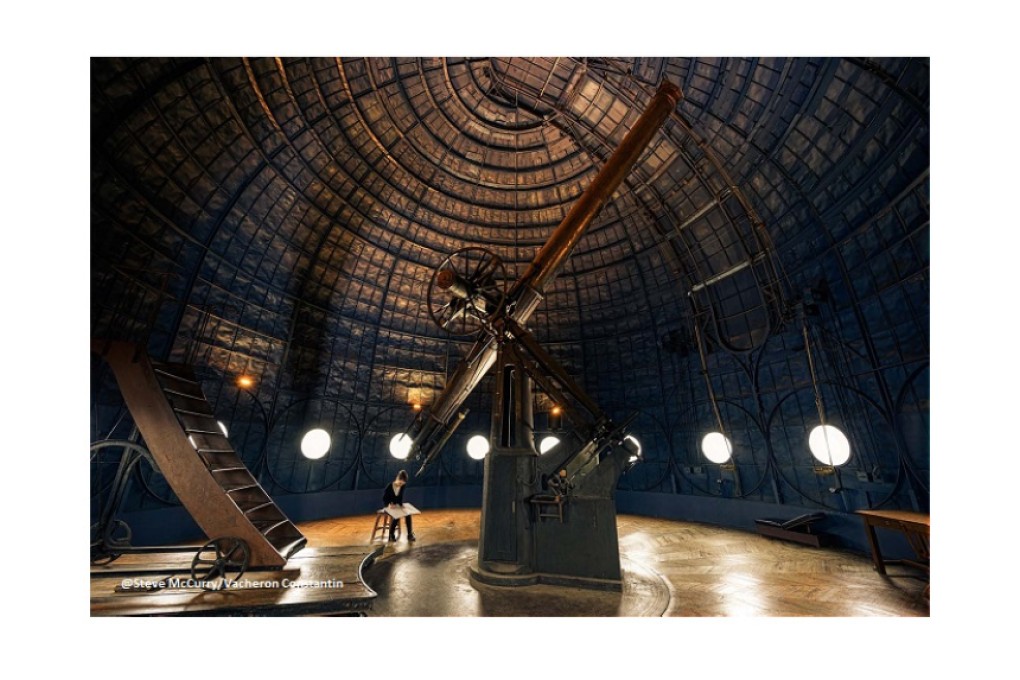Capital pleasures: There is no place quite like Paris
With a little scratching beneath the surface, visitors will discover that the French capital is a treasure trove of sciences and arts’ discoveries

Perhaps no metropolis on earth is blessed with more iconic landmarks than Paris; the eloquent magnificence of the Arc de Triomphe, Eiffel Tower and Notre Dame Cathedral is a wonder to behold. Yet, as well as being recognised for its epoch-defining architecture, the French capital has also been celebrated for being at the forefront in respect of the arts and sciences. Therefore, there are many museums, galleries and other outstanding institutions that are well worth a visit.
Possibly, none more so than the Paris Observatory, which is one of the most notable of its type on the planet. It’s situated on the Left Bank of the River Seine in a 1667-constructed, French Classical-style building; and was founded during Louis XIV’s reign, because he wanted a centre fitted-out with the latest instruments that would allow astronomers to accurately monitor and calculate the motions of celestial
bodies.

Remarkably, the initial four directors of this hi-tech surveillance station, stretching over a period of nearly 125 years (1671-1793), were all from the same French-Italian family, the Cassinis. But a lot of things have changed since their day, case-in-point, that this fabled institution now has two other sites: at Nançay, the eponymous facility is famed for international projects studying celestial radio radiation; and in Meudon, a municipality in the southwestern suburbs of Paris, astrophysics is the speciality, aided by one of the largest optical refracting telescopes that’s ever been manufactured. In 1909, this gigantic instrument was put to good use by the cosmologist E.M. Antoniadi, when he helped to discredit the theory that there were canals on Mars.
Other important advances by the various branches of this centre, include producing the first-ever countrywide almanac, Connaissance des temps (1679), and publishing the earliest reliable weather maps. However, in retrospect, perhaps the most significant breakthrough was the part this observatory played in the detection of Neptune. In 1846, under the auspices of its director, François Arago, 35-year-old Urbain Le Verrier confirmed the existence and position of the then-undiscovered planet, employing only mathematics and astronomical observations of Uranus. And the inquisitive intent to learn more about our solar system and beyond never ceases: just last July, assisted by the involvement of this establishment’s scientists, NASA’s Juno probe orbited around Jupiter.

